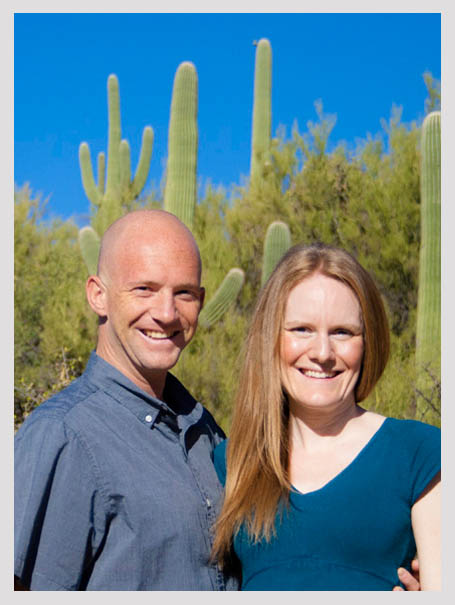The following is some interesting history involving the Owl Head Buttes area that is republished from an Arizona Daily Star Article from June 14, 2015, written by William Ascarza:
Mine tales: Tortolitas attracted limited mining interest
By William Ascarza Special to the Arizona daily Star
June 14, 2015
While the Tortolita Mountains north of Tucson never were a major mining locality in Southern Arizona, they have been a site for mineral exploration.
Numerous veins of white quartz found there enticed miners with the potential of discovering a bonanza of gold.
The Tortolita Mountains saw few mining operations until high-grade silver and small amounts of gold discovered in the 1880s led to the establishment of the Owl Head Buttes Mining District.
According to Thomas F. Weeden, who published the Arizona Weekly Enterprise, Owl Head Buttes acquired its name from the Apache Indian language “Chew-Toot-A-Maw” because the small buttes closely resembled owl heads representing their deity of wisdom. Some of the better-known mines in the Tortolita quadrangle include the Jesse Benton Mine, the Apache Mine and the Big Mine. The Jesse Benton Mine was named after Jesse James Benton, both a pioneer and former Indian scout in southeastern Arizona during the time of Geronimo. Benton authored the book “Cow by the Tail,” published in 1943.
First worked by J.D. Walker and W.H. Merritt, the Apache Mine began operation in 1882 yielding secondary copper minerals including chalcocite, azurite, cuprite and malachite along with limited amounts of gold. A secondary deposit found nearby included native wire silver. Byron O. Pickard, State Engineer of Mines wrote a report on the Apache Mine discussing an exposed mineral vein “gossan” with evidence of copper and estimated that a primary copper deposit might be accessed at the site by drilling over 600 feet below the surface. Pickard recommended that probable silver and copper deposits could be obtained by extensive underground exploration and drilling. He mentioned several areas of mineralization including a large metamorphosed andesite porphyry dike.
Chief Butte composed of vesicular basalts included the Big Mine, a major producing area in the Owl Head Buttes Mining District with a two-compartment inclined shaft along with a vertical shaft over 500 feet deep. Found in the vicinity are a variety of secondary shafts, pits, talus piles and trenches. The mine yielded azurite, barite, bornite, galena, malachite and sphalerite.
According to both recorded evidence and physical structures, the Tortolita Mountains became a popular destination for prospectors and homesteaders in the late 19th century. In 1892, former Indian agent Thomas Jeffords, renowned for his part in pacifying the Apache Indian Wars, settled in the Tortolita Mountains. Jeffords, who was born in New York, held a variety of positions including river boat captain, deputy sheriff of Tombstone, superintendent of a mail line that later became known as the pony express and finally a miner. A close friend of Apache Indian chief Cochise, Jeffords was an Indian agent for the Chiricahua Reservation and became known as the “white chief of the Apaches.” He held that post for several years until the United States government relocated the Chiricahua Apaches to the San Carlos Reservation.
In later years, Jeffords became one of the first homesteaders and operators of a mining operation near Owl Head Buttes. Although his mining enterprise was small, it was enough to sustain him and his hired Mexican employees. A well existed on his land along with a smelter used to refine the silver and copper he found. Jeffords lived on his ranch for 22 years. His home was a humble dwelling with a white picket fence. Jeffords’ story would be written about years later in a book entitled “Blood Brother” by Elliott Arnold. It would be portrayed in the movie “Broken Arrow” starring Jimmy Stewart and again in a television series by that same title. Jeffords eventually turned over the mining operation to Count Victor Morajeska and his wife, Alice, because of the work she did researching the history and customs of the Apache Indians.








Connect With Us!